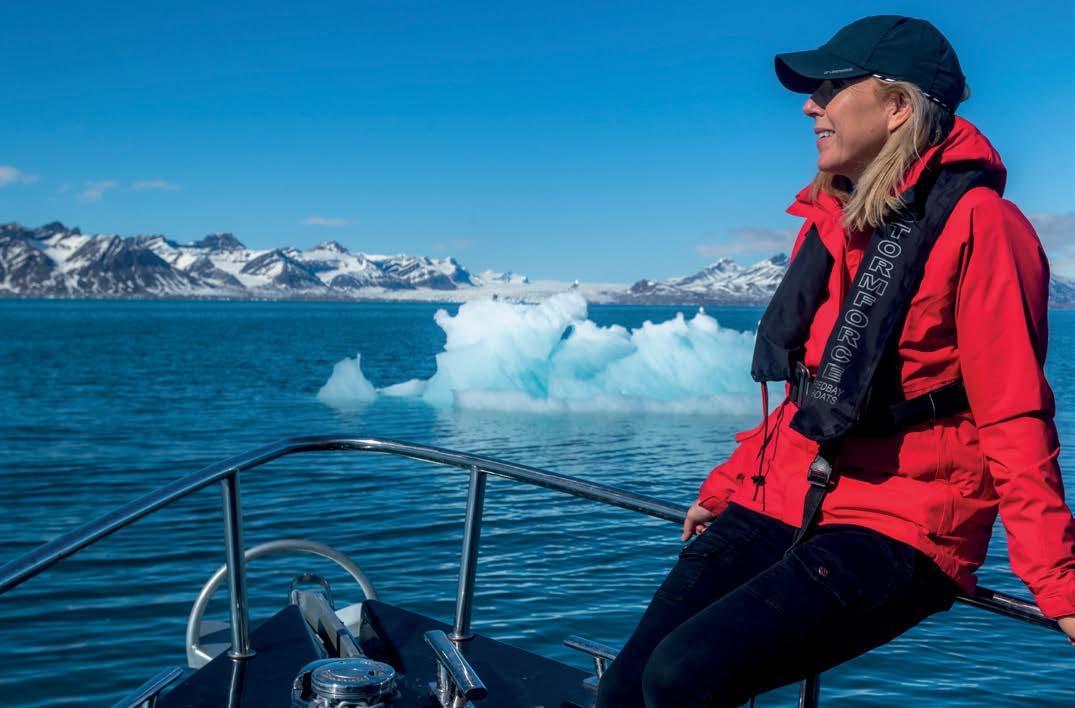
3 minute read
KARINE’S TRAVELS Karine Hagen on valuable lessons
with Karine ON LOCATION
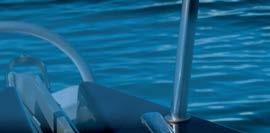
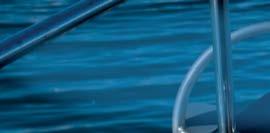
Karine Hagen, Executive Vice President of Viking, shares her latest adventures and insights from her travels around the world
Last summer, a few colleagues and I, joined by our Chairman, spent a spellbinding weekend in Svalbard. This spectacular archipelago under Norwegian sovereignty also boasts the closest settlement in the world to the North Pole. It was a magical and humbling experience amid majestic flora and fauna, and for the first time in my life I felt I was truly a guest of nature. With the launch of Viking Expeditions, we are now able to offer our guests phenomenal polar experiences in both the Arctic and the Antarctic. For more details visit vikingcruises.co.uk/expeditions


Amid the absence of manufactured noise, we can discover the magical music of nature: the cacophony of crackling ice; the flapping wings of a passing bird; the gentle bark of a seal pup. These are a few of the sounds of nature that the extremities of the world offer us.
In taking the time to stop, listen and look, you gain a completely new appreciation of our world. Perhaps a discipline we can apply not only on travel expeditions, but also in our daily lives. STOP, LOOK & LISTEN

There are some fascinating facts about the polar regions, and these are some of my favourites: DID YOU KNOW?
How do polar bears keep warm in the Arctic? Polar bears are actually black, not white. Their jet-black skin is covered by translucent hair, which reflects white natural light. The bears depend on their fur for insulation during the harsh winter months. Dirty, wet and matted fur is less likely to keep the animals warm, so they roll in the snow to keep it clean.
The Arctic is home to the largest seed storage facility in the world More than 800 miles inside the Arctic Circle lies the Svalbard Global Seed Vault, a storage facility run by the Norwegian government. Built into the permafrost, the building holds seeds for more than 4,000 plant species, including life-sustaining food crops. The seed vault has been created to keep the seeds safe in the event of a natural or man-made disaster.
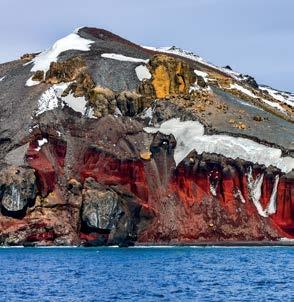

What time is Antarctic time? Just as at the North Pole, if you stand at the South Pole, you will find yourself in all the world’s time zones at once, as technically the lines of longitude meet at the North and South Poles. The people working in the Antarctic research stations generally tend to use the time zone of the port from which they departed, or the country for which they are working.
Antarctica has a red waterfall Antarctica is full of natural wonders. In the east, hidden below the ice is a magical subglacial lake that is high in salt and iron. When the water comes into contact with the air, the iron oxidises giving the waterfall its deep red colour – and the reason for its name, Blood Falls. Discover our Top 10 fascinating facts about the Arctic and Antarctica online at vikingtop10.co.uk
THE WORLD OF FINSE Even if the Arctic and the Antarctic are a little extreme in terms of destinations for younger travellers, we can still inspire children with magical tales and interesting facts about the polar regions. Join Finse, my yellow Labrador, as she learns more about the world. The latest in the series is Finse Explores The Arctic and Antarctica, with beautiful illustrations by Suzy-Jane Tanner. finse.me
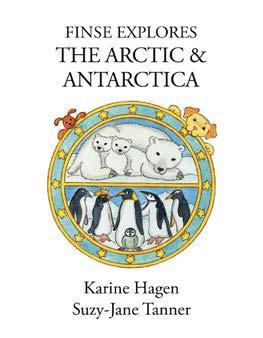
FLORA IN FOCUS When you travel with us on our expedition ships you’ll find plenty of binoculars on hand for appreciating the more distant wildlife and views. But you don’t have to look far to be awed by nature. With a field microscope in hand, an entirely new world will reveal itself. In a seemingly barren land, the tiniest Saxifraga, when observed through a field microscope, will display minute, yet spectacular details not visible to the naked eye. Discover the flora of the Arctic in our online video at vikingcruises.co.uk/expeditions/video/all











